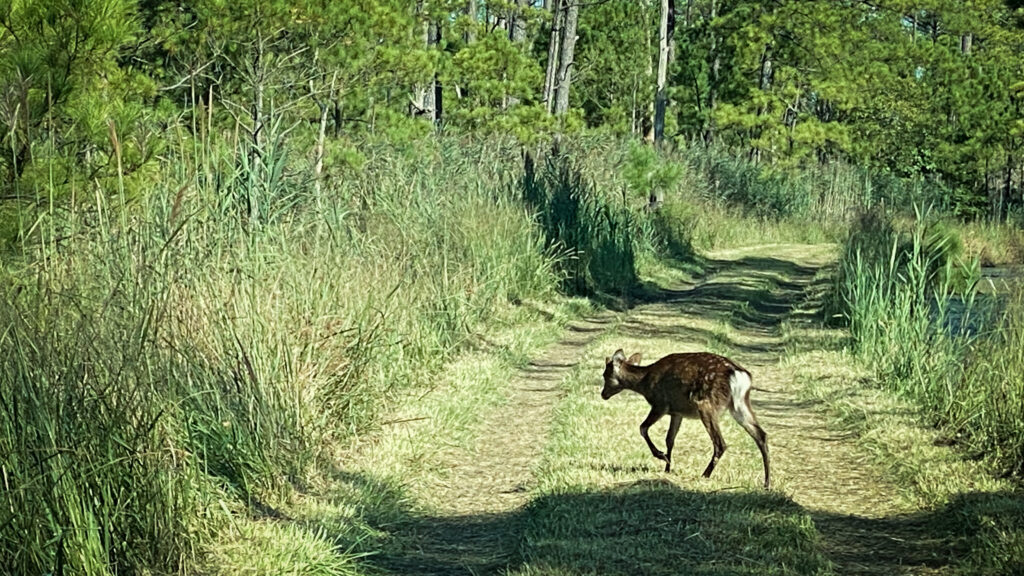For the last two years, I’ve been hunting frequently in Maryland. A product of my situation – my girlfriend is from there and we visit often – I was shocked at how liberal the state’s deer regulations are.
They’re stricter than West Virginia with buck limits, which was another driving factor to get my boots on the ground or in a tree stand there, but when it comes to actual meat hunting, your limit is dependent on the size of your freezer if you hunt in Region B or the eastern side of the state. Region A limits antlerless harvests at two for archery, muzzleloader and firearms seasons combined with no more than one in an individual season, and a third can be harvested during the primitive deer hunting days. If you hunt in Region B, though, you can harvest 15 doe in bow season, and 10 each in the muzzleloader and firearms seasons. Further, you can harvest unlimited doe in the suburban management zone in Anne Arundel, Baltimore, Hoard, Montgomery and Price George’s counties.
While I’ve yet to harvest a deer in Maryland – I’ve been very selective and know I have a large portion of January to get a doe – this past year I’ve set my eyes on preparing for a sika deer hunt in Blackwater National Wildlife Refuge. Sika deer are originally from Japan, but in the early 1900s, Clement Henry released his sika deer on James Island. Legend has it, the Dorchester County man bought the deer from someone in Ireland. They never were too popular among hunters, which led to their population growing over the century to a point that biologists became concerned they’d begin competing with the inland white-tailed deer. According to the Maryland DNR, “This resulted in higher bag limits being set so that hunters would be encouraged to harvest and control the sika deer population. However, over the years, managers have learned that the sika predominantly lives most of its life in the sub optimal regions of the white-tailed deer’s habitat; apparently lessening competition between the species.”
Realizing this, they pulled back their high bag limits and hunters are now only allowed to harvest three a year, with only one being a stag. Ah, yes, this species’ males are referred to as stags, and the females hinds.
Even though sika deer are becoming more popular with television shows like MeatEater doing features on it, they are quite challenging to hunt. Some refer to them as “ghosts” as their small stature and coloration allows them to sneak through vegetation quietly. They are also mostly active at night, until their rut in October. Sika act like elk, making wallows and bugling to attract hinds. Hunters can still capitalize on sika deer outside of the rut just as whitetail hunters can, although it adds an extra layer of difficulty.
But I’ve yet to use my permit to actually hunt the species, and being a stubborn person I won’t be satisfied with eating my tag by sitting in Morgantown. With all the cards seemingly against me, I have faith in the spots I’ve scouted out. A young stag even showed himself during that trip in September.
Even if I don’t get to experience harvesting my first sika deer later this month, I at least will have the experience under my belt to make it happen when the season re-opens in the fall. There’s always something to experience while sitting in a tree, so why not do it on the eastern shore chasing an exotic animal?
TWEET @andrewspellman_




